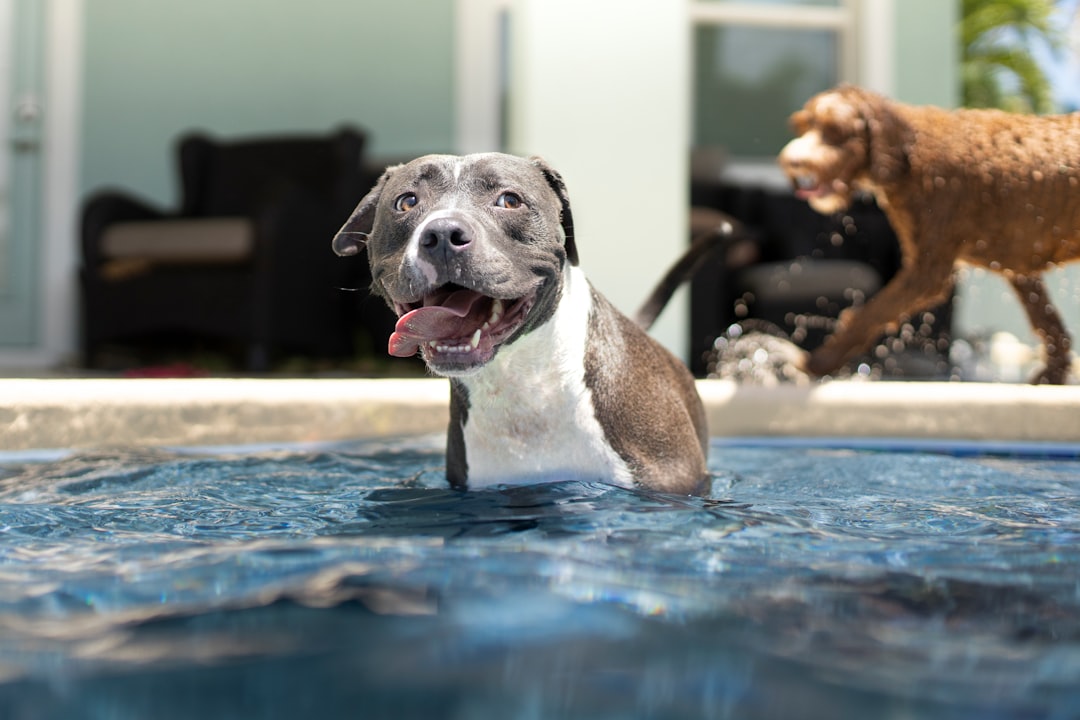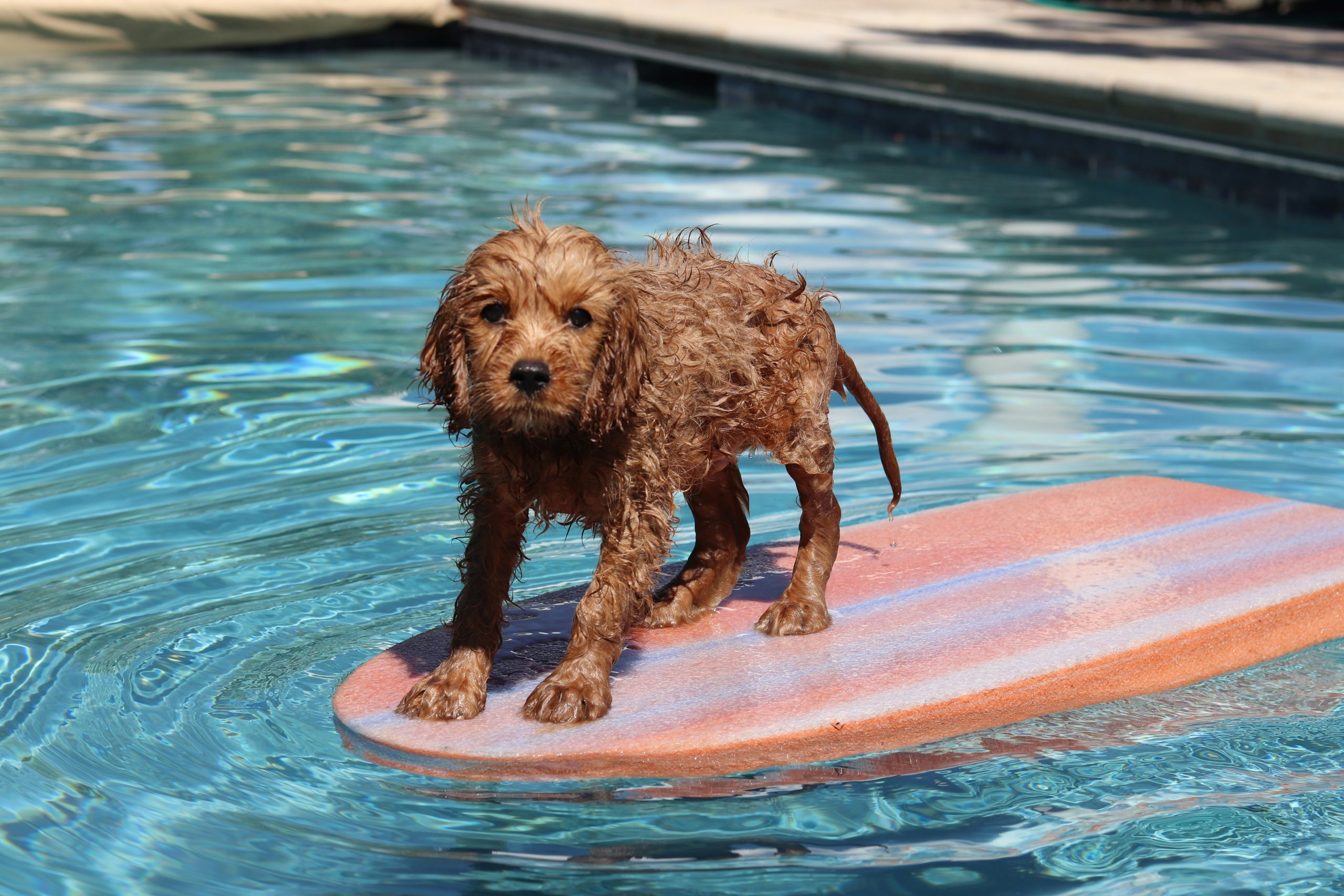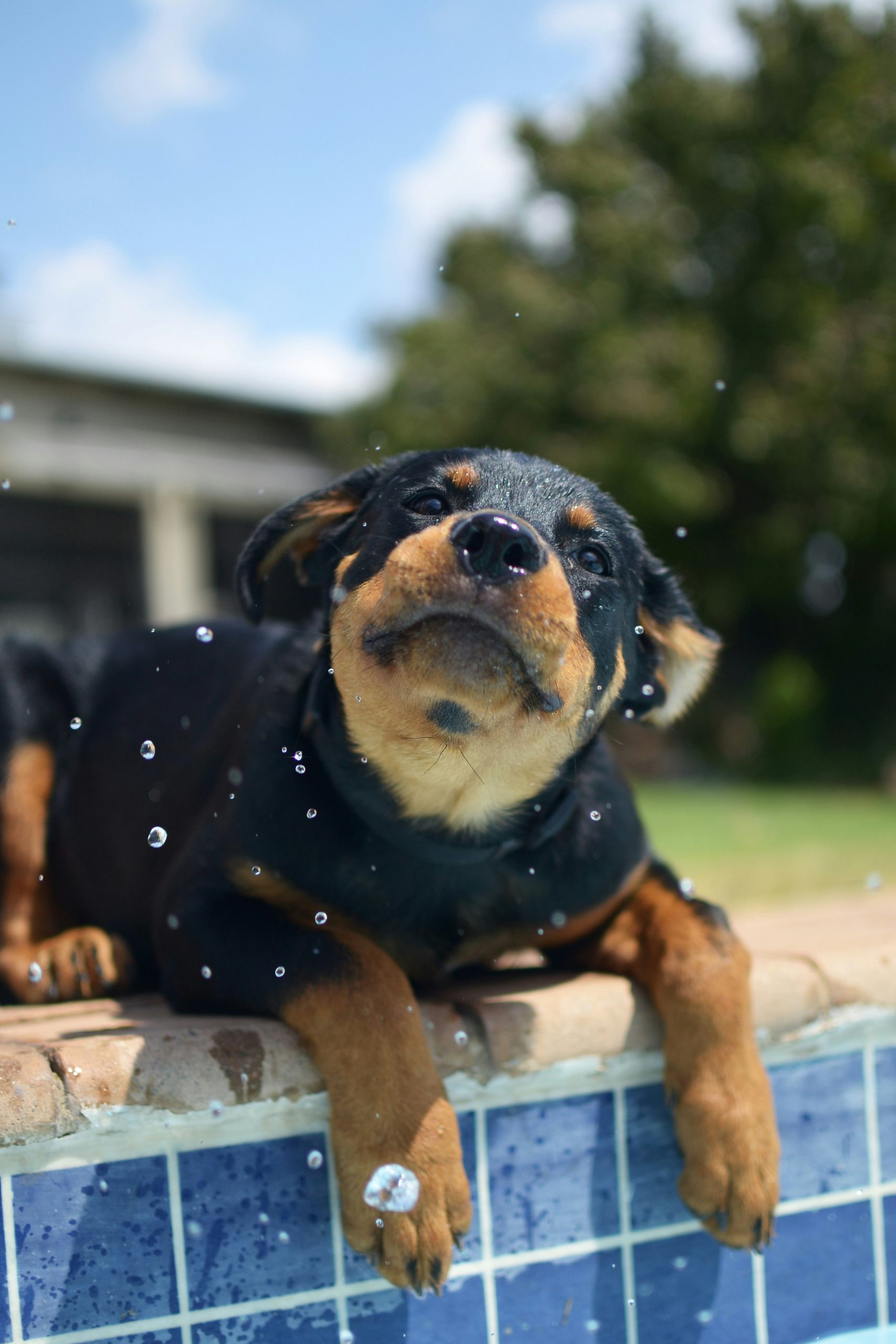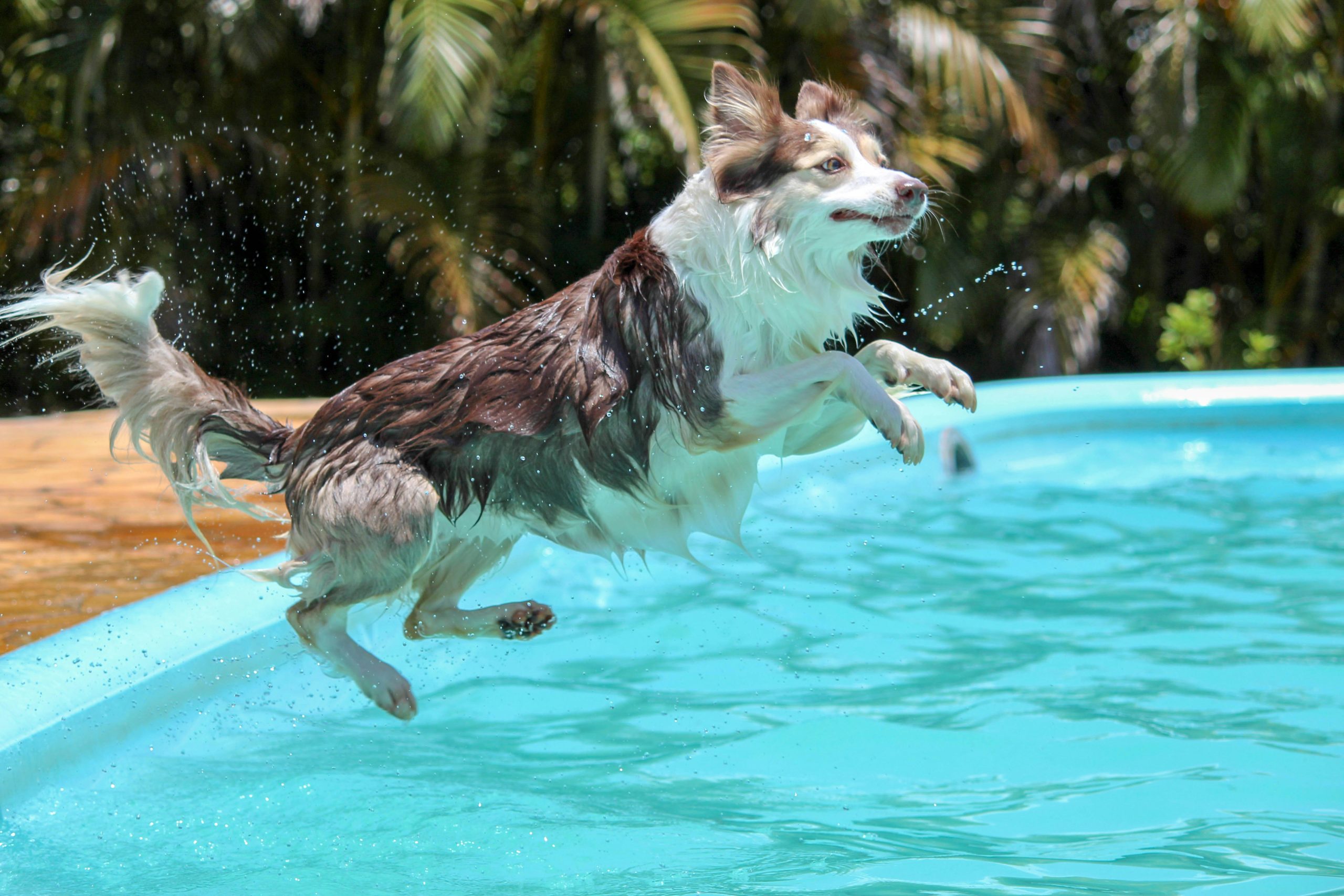Ensuring Wagging Tails: A Guide to Dog Swimming Safety
Swimming Safety Tips for Dogs: Learn how to keep your furry friends safe in the water with proper training, supervision, and precautions to prevent accidents and water-related illnesses.
Introduction to Swimming Safety Tips for Dogs
Swimming is not only a fun and refreshing activity for dogs but also a beneficial form of exercise that can help them stay healthy and active, especially in warm weather. It is essential for dog owners to be aware of the potential risks associated with swimming and to take necessary precautions to ensure the safety of their pets in the water. One way to prevent accidents and water-related illnesses is by gradually introducing dogs to water and teaching them how to swim safely. For example, using positive reinforcement techniques and offering treats can help dogs associate water with positive experiences and build their confidence in the water.
Moreover, providing fresh drinking water before and after swimming sessions is crucial to prevent dehydration and overheating in dogs. Hydration is key to maintaining a dog’s overall well-being, especially when engaging in physical activities like swimming. Additionally, being mindful of the water conditions, such as checking for strong currents or toxic algae in lakes and rivers, can help dog owners avoid potential hazards that may pose a risk to their pets’ health and safety while swimming. By staying informed and taking proactive measures, dog owners can create a safe and enjoyable swimming environment for their dogs, promoting both physical fitness and mental stimulation for their furry friends. Tips for ensuring dog water safety include using a life vest, teaching dogs to swim, staying close to them in the water, providing clean drinking water, and knowing the signs of water intoxication.
Importance of Water Safety for Dogs
It’s vital for dog owners to recognize that different dog breeds have varying swimming abilities based on their inherent characteristics. For example, Labrador Retrievers and Golden Retrievers are known to be excellent swimmers due to their webbed feet and water-resistant coats, while breeds like Bulldogs and Pugs might struggle in the water due to their body structures. Understanding these breed-specific differences can help owners tailor their approach to water safety and choose appropriate activities for their furry companions.
Moreover, obedience training is not only beneficial for teaching dogs basic commands but also plays a critical role in water safety. By ensuring that a dog responds to commands both on land and in water, owners can prevent potentially hazardous situations while swimming. For instance, teaching a dog to “come” or “stay” near water can prevent them from venturing into unsafe areas or help them return to shore promptly if needed. This training can significantly enhance the bond between the owner and the dog while also promoting a safe swimming experience.
Additionally, knowing the signs of water intoxication and being aware of the risks associated with different water environments are crucial for dog owners. For example, being able to identify symptoms such as lethargy, bloating, or vomiting after excessive water intake can help prevent serious conditions like hyponatremia or water toxicity in dogs. By understanding these risks, pet owners can take proactive measures to ensure the well-being and safety of their canine companions during water activities.
 Risks and Precautions in Different Water Environments
Risks and Precautions in Different Water Environments
When it comes to swimming safety for dogs, it is crucial to consider the varying risks and precautions associated with different water environments. For instance, fresh water intoxication is a serious concern that can arise when dogs consume excessive amounts of water while swimming. This condition can lead to brain swelling and seizures, highlighting the importance of monitoring a dog’s water intake during swimming activities to prevent such health issues.
Moreover, saltwater intoxication poses another risk for dogs when swimming in oceans or saltwater pools. Consuming large quantities of saltwater can result in muscle tremors and seizures in dogs, emphasizing the need for pet owners to be vigilant and prevent their dogs from ingesting saltwater while enjoying aquatic activities. By being aware of the symptoms and risks associated with saltwater intoxication, dog owners can take proactive measures to keep their pets safe and healthy during water adventures.
Furthermore, staying informed about toxic algae in water bodies is essential for dog owners to protect their furry companions from potential harm. Blue-green algae, for example, can be toxic to dogs, leading to liver damage and neurotoxicity if ingested. By educating themselves about the types of toxic algae prevalent in their local water sources, dog owners can take preventive actions such as avoiding swimming in contaminated waters and promptly rinsing off their pets after any water exposure to mitigate the risks associated with these harmful algae.
Essential Safety Tips for Dogs When Swimming
Ensuring the safety of dogs when swimming involves a combination of precautions to prevent accidents and promote an enjoyable experience for both the pet and the owner. Supervising pets near water at all times is crucial as it helps prevent accidental drownings and ensures immediate assistance in case of emergencies. For example, even dogs with good swimming abilities can encounter unexpected situations in the water, making constant supervision essential to intervene promptly if needed.
Moreover, the use of dog life jackets is highly recommended, especially for breeds that may not be proficient swimmers. These life-saving vests provide buoyancy and support, helping dogs stay afloat effortlessly and preventing fatigue during longer swimming sessions. For instance, breeds like Bulldogs or Pugs, known for their limited swimming capabilities due to their body structure, can benefit significantly from wearing a life jacket to enhance their safety and confidence while in the water.
In addition to supervision and safety gear, introducing alternative water activities can be beneficial, especially for dogs who are hesitant or fearful of swimming. By incorporating games like water fetch or sprinkler play, owners can create a positive association with water, gradually building the dog’s confidence and comfort in aquatic environments. These activities not only promote safety by keeping the dog engaged and away from potential hazards but also help in making water-related experiences enjoyable and stress-free for the pet.
Ensuring Pool Safety for Dogs
When it comes to pool safety for dogs, teaching them how to exit a pool safely is paramount to prevent accidents. For instance, providing steps or ramps can offer an easy way for dogs to get out of the water, reducing the risk of exhaustion or drowning incidents. Additionally, enrolling in a dog CPR class can equip owners with the necessary skills to respond effectively to emergencies that may occur during swimming sessions. By being prepared and knowledgeable about canine CPR techniques, owners can provide immediate assistance to their pets in critical situations, potentially saving their lives.
Investing in a dog life vest is another proactive measure that can enhance pool safety for dogs. For breeds that are not strong swimmers, a life vest can provide buoyancy and support, reducing the risk of fatigue and ensuring a safer swimming experience. Moreover, avoiding pool water consumption by dogs is crucial to prevent them from ingesting harmful chemicals or bacteria that might be present in the pool water. By discouraging dogs from drinking pool water, owners can protect their pets from potential health hazards and promote a safer environment for swimming activities.
Beach and Lake Safety Measures
When taking your dog to the beach or a lake, there are several safety measures to consider beyond just having them wear a life jacket. For instance, ensuring that there are clear exit points easily accessible to your dog is essential. By having these exit points readily available, you can help your pet get out of the water quickly in case they become tired or encounter an emergency situation, such as muscle fatigue or cramps. This precaution can significantly reduce the risk of drowning incidents and ensure a safer swimming experience for your furry friend.
Moreover, it is crucial to be aware of the water conditions, especially at beaches where strong currents and riptides can pose a significant threat to your dog’s safety. Dogs can quickly get carried away by these powerful currents, leading to dangerous situations. By avoiding areas with strong currents and being cautious of riptides, you can prevent your dog from being swept away and encountering potential water-related accidents. These proactive measures can help keep your pet safe and secure while enjoying the water.
Additionally, another important safety consideration is to keep your dog away from consuming ocean water or washed-up fish. Ocean water consumption can lead to gastrointestinal issues and potential poisoning from marine toxins present in the water. Similarly, ingesting washed-up fish can also pose health risks to your dog. By being vigilant and preventing your dog from drinking ocean water or coming into contact with fish on the shore, you can safeguard their well-being and avoid unnecessary health complications during your beach or lake outings.
Conclusion on Ensuring Swimming Safety for Dogs
In conclusion, it is crucial for dog owners to prioritize the safety of their pets when engaging in water activities. By being proactive and implementing the recommended safety measures, such as supervising pets near water at all times and using dog life jackets, owners can significantly reduce the risks of accidents and water-related illnesses. For example, investing in a high-quality dog life vest can provide buoyancy and support for dogs, especially those who are not strong swimmers, ensuring a safer swimming experience for the pets.
Moreover, understanding the importance of water safety for dogs goes beyond just preventing accidents. It also fosters a stronger bond between the owner and the pet. By being actively involved in their pet’s swimming sessions, providing positive reinforcement, and ensuring a safe environment, owners can create a positive and enjoyable experience for their dogs. For instance, teaching a dog how to exit a pool safely not only prevents accidents but also builds trust and confidence between the pet and the owner, making swimming a fun and rewarding activity for both.



